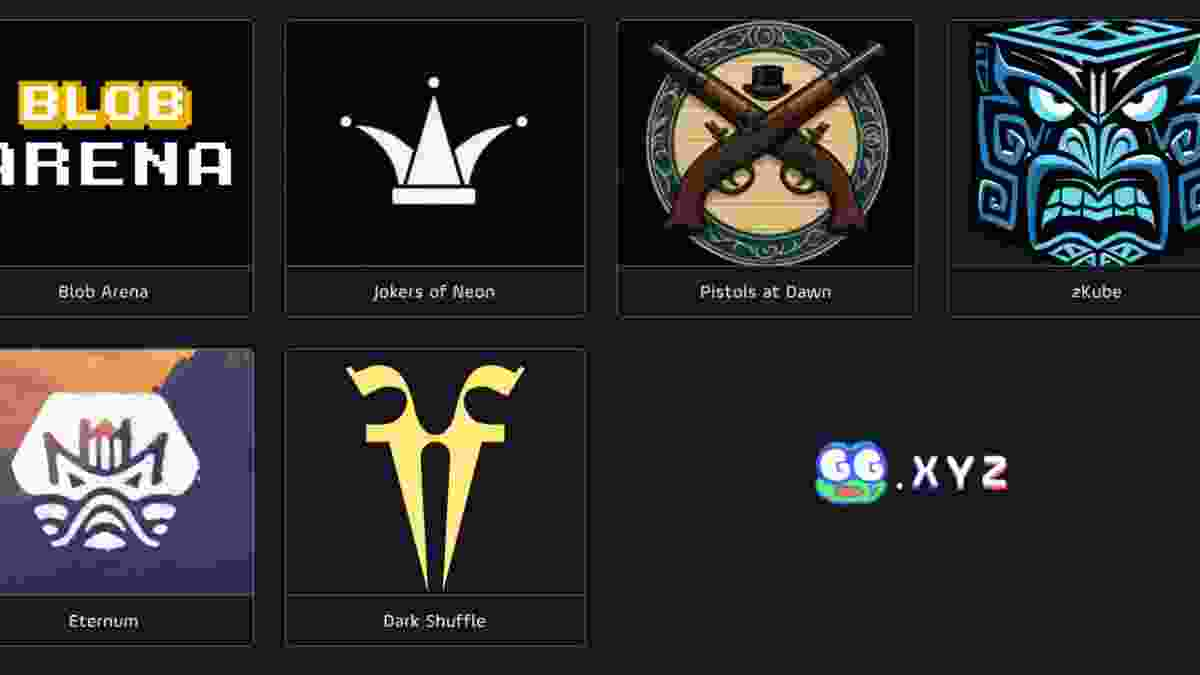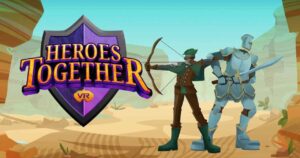A new event has kicked off in the Web3 gaming space, blending traditional gameplay with blockchain rewards. Over the course of a month, players will move through a series of challenges spread across six different games — each one offering its own take on strategy, pacing, and on-chain interaction.
What makes this campaign stand out isn’t just the prize pool, which totals $100,000. It’s the way players have to engage with multiple layers of gameplay and blockchain mechanics to get the most out of it. The rewards aren’t handed out randomly. They’re tied to how deeply and effectively you interact with each title.
Six games, each with its own mechanics
Each game in the lineup brings something different to the table. Some focus on familiar gameplay loops — resource gathering, unit control, combat timing. Others lean into blockchain-specific tasks, where wallet activity or smart contract interaction matters as much as in-game performance.
This variety means players aren’t locked into a single style of play. You might be managing your assets in a tactical battler one day, then completing a transaction-based challenge in a puzzle game the next. It’s not just about high scores — it’s about understanding how the systems behind the games work.
Strategy matters more than grind
This isn’t a leaderboard race. The real meta lies in how players choose to divide their time. Since each game has its own quest chain and reward structure, deciding where to focus becomes part of the challenge. Some paths offer high-value NFT rewards. Others lean on token-based incentives that scale with effort.
You’re also rewarded for exploring broadly, not just going deep on one title. The structure pushes players to branch out, learn new mechanics, and navigate the Web3 ecosystem more confidently. In that sense, the event becomes as much about skill acquisition as it is about direct competition.
A step forward for on-chain gaming
This campaign feels like part of a broader shift in blockchain gaming — moving away from isolated projects and toward ecosystem-driven engagement. It’s not about one game trying to build its own universe. It’s about multiple developers coming together under a shared framework and encouraging movement between titles.
Whether this model becomes standard is still unclear, but it’s easy to see why it appeals. It gives players meaningful incentives without sacrificing depth. And it creates a testing ground for how blockchain mechanics can quietly blend into gameplay instead of sitting on top of it.
Web3 Analyst & Play Blockchain Games Guide
CryptoKit breaks down Web3 gaming like it’s second nature. From tokenomics to airdrop strategies, she turns blockchain chaos into clear, actionable advice for players who want to win more than XP.




